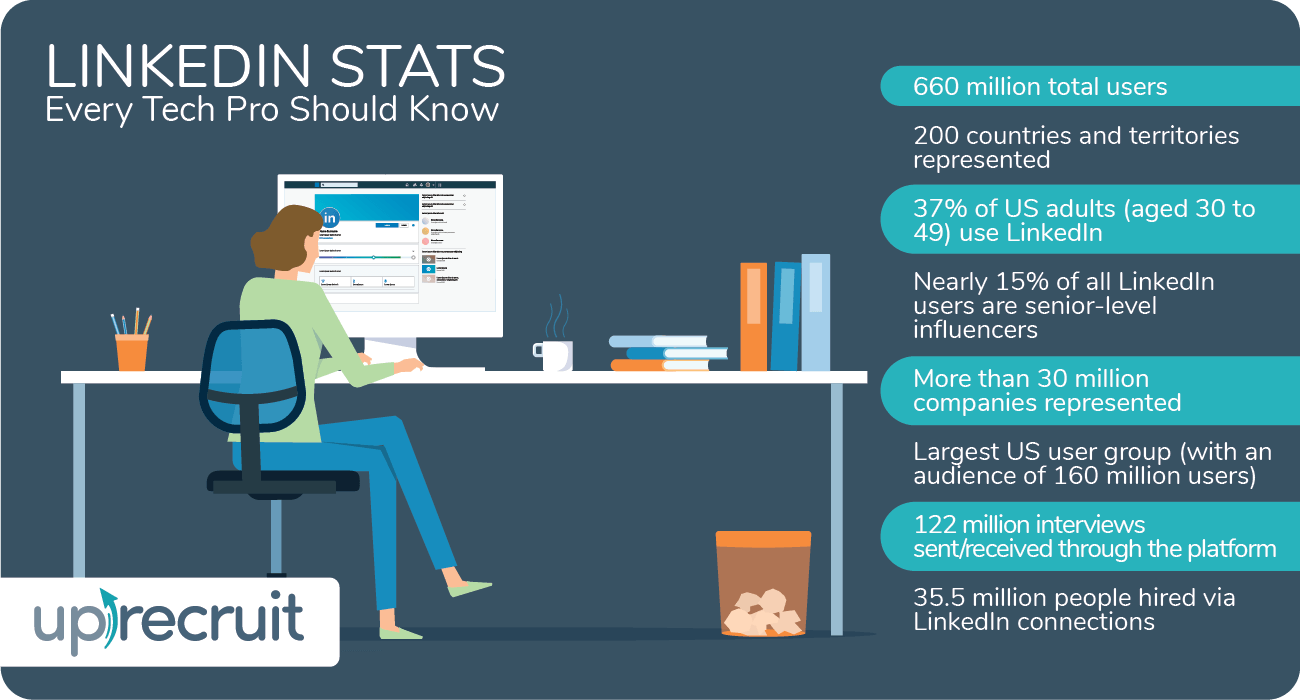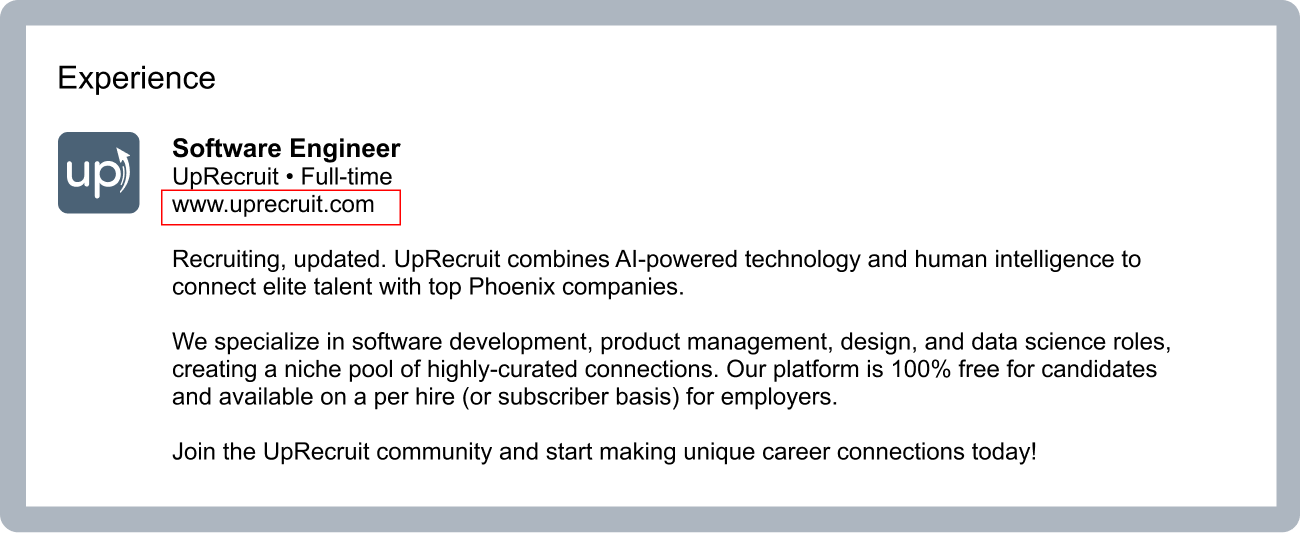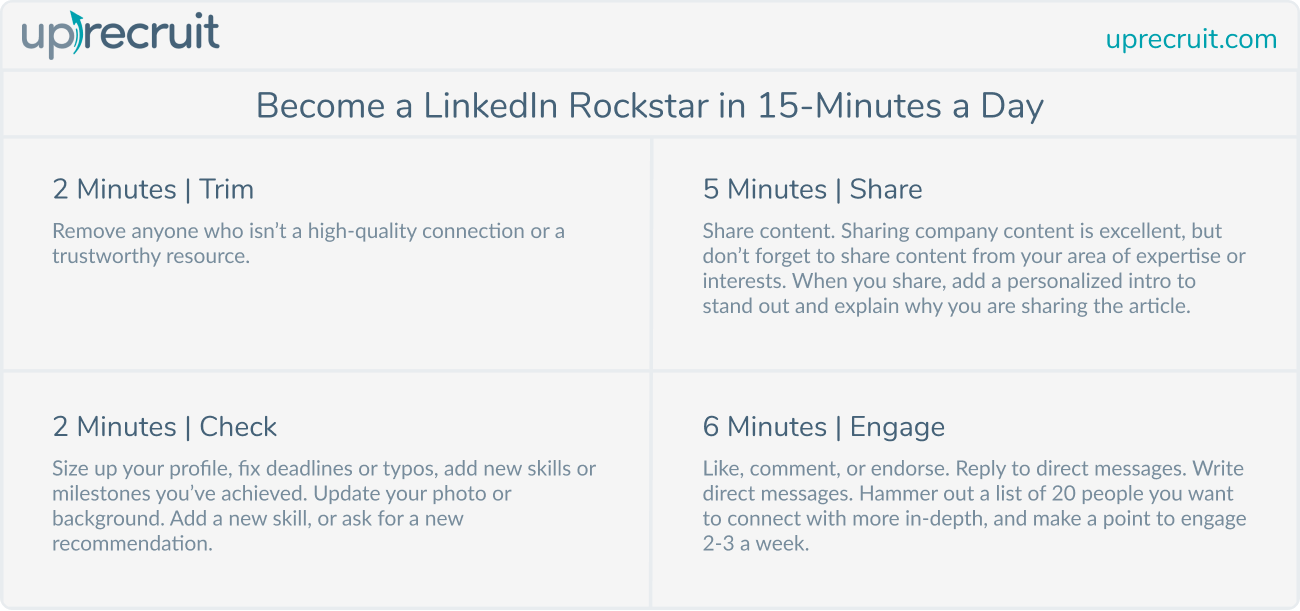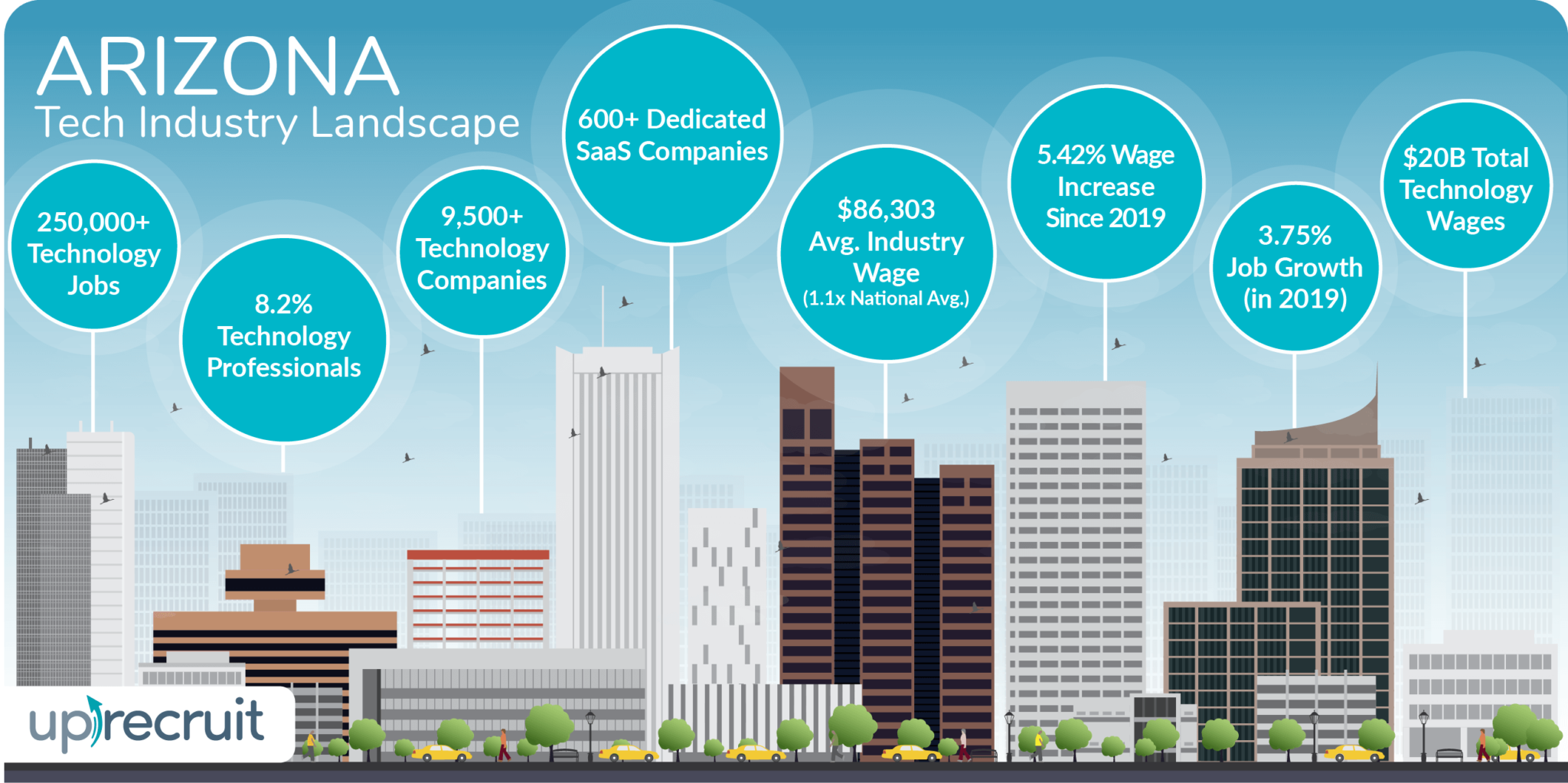In 2022, talks of a possible recession and layoffs dominated headlines. But companies are now pivoting by reducing or realigning their workforce as the tech industry readjusts to new technologies (and new opportunities) for growth.

Bolstered by a growing demand for cloud-based technology, machine learning tools, blockchain technology (and more), we predict that the following 7 tech sectors will dominate over the next 12 months:
Hottest Tech Sectors to Watch in 2023
1. Cybersecurity is a Safe Bet
The threat of online security breaches and the hacking of personal information continues to influence the tech sector as cybersecurity is expected to grow globally by 14% before 2029 (Fortune Business Insights Pvt. Ltd.).
As many organizations move away from network-centric security towards a multi-cloud strategy, the need for more secure networks is fueling a greater demand for cloud-based data security. And the job market can’t keep up: 43% of organizations globally are struggling to find top talent, leading to an even greater reliance on automation and managed security tools.
“43% of organizations globally are struggling to find top talent, leading to an even greater reliance on automation and managed security tools.”
2. A Blockchain Boost
Cryptocurrency has traditionally dominated the blockchain space. Due to the mass adoption of Web3.0, experts predict that blockchain will add $6.097 trillion to the global economy by 2030, a big part of which is decentralized finance.
This technology is also infiltrating retail, media, and entertainment. Analysts predict that decentralized finance will become more prominent within traditional banking, financial services, and the insurance sector.
3. Artificial Intelligence (AI) Gets Real
As machine learning and automation become increasingly more integral to service-based industries, AI software sales are booming. According to data compiled by Gartner, the AI software market increased by 21% since 2021, and workers with AI experience—especially in senior or leadership roles—are in high demand.
Many companies are utilizing AI to increase productivity and profits. Some 92% of large companies utilizing AI reported high returns on their AI investments. AI has the power to ease the stress felt by workers by eliminating menial tasks, freeing them up to focus on more thoughtful areas of their jobs.
4. AR/VR Become a Common Source of Connection
While the Metaverse still appears to be a distant reality, augmented reality (AR) and virtual reality (VR) look set to get further ingrained into our everyday lives. This is especially true for remote workers who will rely on AR and VR to help them connect with their teams.
5. Vitals Remain Strong in HealthTech
The HealthcareTech sector saw better overall improvement than most this year. Not surprising considering HealthTech companies proved critical value during the pandemic. This will likely translate into more success in 2023.
Additionally, the current workforce is accustomed to mental health checkups from home, and they expect this perk to continue as companies insist they return to the office. Preventative healthcare was also a highlight, buoyed by innovations that assisted with detecting and managing chronic diseases.
6. Sustainability Tech Maintains Momentum
ClimateTech remains a popular category among young tech talent. Though comparatively less capital flowed into the sector overall last year, median valuation grew 41%. The Inflation Reduction Act pledged $370B to combat climate change which should help the sector remain strong in 2023.
Globally, people are deeply focused on the environment. Tech companies are responding with environmentally friendly products and processes popular with both consumers and talent.
7. EdTech Teaches Us a New Way To Learn
EducationTech got a significant pandemic bump. That momentum continues in 2023 as educators and families adapt to a generation of children familiar with remote learning. More than 70% of colleges launched new online undergrad programs in the past few years, and nearly 2/3 of teachers in the U.S. use digital tools daily. Industry growth is projected to be $100B by 2025.
Suffice it to say, the tech sector is poised for new expansion and dynamic growth in 2023—even in the midst of economic uncertainty and layoff headlines.
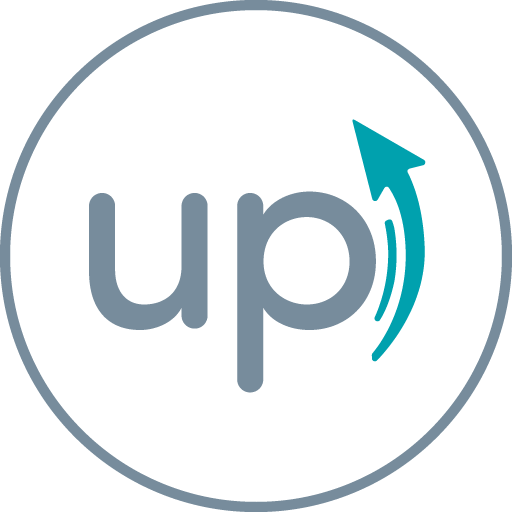

About the Author
Vince Dorazio has 20+ years of experience in the recruiting and tech industry. He is currently the Founder & CEO of UpRecruit, a recruiting platform that intelligently matches tech talent to innovative companies. He has a passion for the start-up community and serves as a mentor, advisor, and board member to multiple SaaS companies and non-profits.











